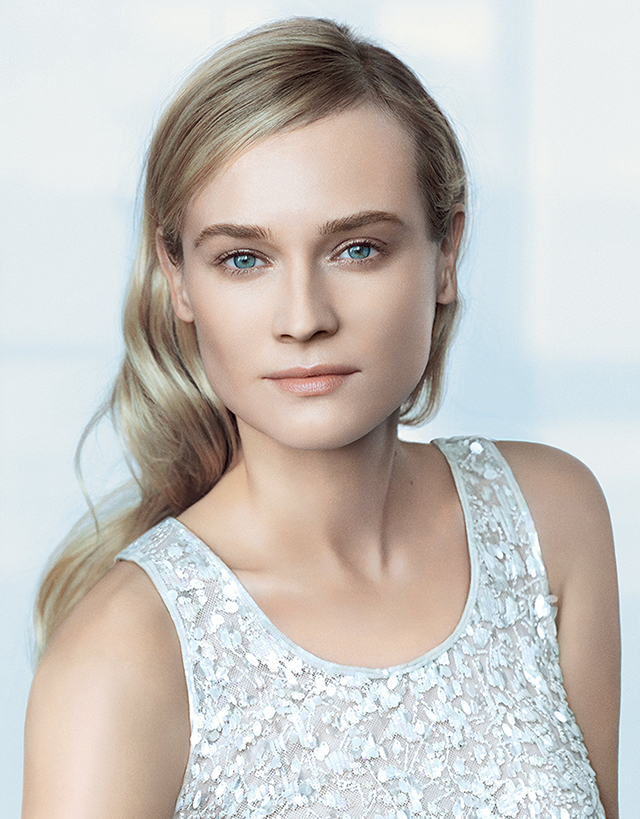Skin Peels 101
A year ago when I started seeing Rebecca Treston at Euromed, she recommended that I try a peel. I won’t lie, I was reluctant and was worried I’d end up with peeling skin and irritate my skin. That was not the case… That being said, I also think you should be very careful about using a peel. See someone amazing (I only see Rebecca Treston), and understand how it can help you and if there are possible side effects. As this is something worth educating yourself on, I asked my skin guru, Rebecca Treston to talk about peels, why you get them done and what to think about before getting any applied.
Often associated with the looks of a horror film protagonist, chemical peels petrify many beauty mavens and are viewed by many as a treatment with a lot of downtime with just a small return, but thankfully this is for the most part a gross misconception. The latest generation of chemical peels yield the type of peeling you get post-sunburn, which can easily be camouflaged using makeup, and offer results that are unrivalled.
Chemical peels can be done on the face, neck, or hands. They can be used to treat a multitude of skin imperfections such as lines, sun damage, pigmentation, scarring, skin texture and there are even some peels that can improve the appearance of acne-prone skin.
There are several peels on the market of varying strength and each using different chemicals and fruit acids; but all peels do the same thing, that is, they speed up the skin renewal cycle to leave skin smoother, healthier and plumper.
Before you book in for a peel, however, it is important to ensure that you visit a reputable aesthetician who can assess your skin and recommend the peel that will give you optimum results, rid your skin of imperfections and leave it glowing. My go-to peels are:
Glycolic Acid Peel : Suitable for all but especially acne scarring, ageing of the skin and sun damage
Glycolic acid used in a glycolic peel is obtained from sugar cane and penetrates deep into the skin exfoliating dead skin cells. This alpha hydroxy acid (AHA) peel rejuvenates old skin cells for re-growth and ultimately aims to achieve a healthier appearance for your skin.
Mandelic: Suitable for Rosacea and pigmentation
A great option for someone going for their first skin peel, this treatment tends to be one of the more sensitive chemical peels as it’s less penetrating, whilst still being incredibly effective for improving the appearance of your skin.
Salicylic Acid Peel: Suitable for treating acne, large pores and blackheads
Salicylic acid peels can be quite strong and penetrating, more so than AHA peels such as glycolic and lactic acid. While they are generally suitable for most skin types, people with oily, acne-prone skin tend to see the best results. People with an aspirin allergy, however, must avoid getting this type of chemical peel.
Lactic Acid Peel: Suitable for all but especially pigmentation, mature and sensitive skin types
Similar to glycolic acid peels, lactic acid peels are alpha hydroxy acids (AHA). Derived from milk, they are very mild chemical peels with little to no downtime. Because lactic acid is a natural human metabolite, there is less chance of an allergic reaction with this type of peel. Therefore, they are a good choice for first-time peel users or for those with sensitive skin. However, dry or oily skin types can also use this peel and get good results.
VI Peel: Suitable for all skin types.
This peel utilises synergistic blend of powerful ingredients to target skin problems at the cellular level, unlike traditional peels. Not only will the VI Peel restore and rejuvenate the skin in just one treatment (without any of the harsh side effects usually associated with traditional peels), this revolutionary procedure is now also available for darker skin, ensuring African and Asian skin types can experience anti-ageing and restorative skin repair for the first time.
Inno Peel: Suitable for pigmented skin, post acne and post pregnancy pigmentation.
This peel treats problematic skin pigmentations such as Melasma, Chloasma, sun spots and acne scars. This skin resurfacing peel uses Vitamin A to support cell turn over and skin rejuvenation, as well as skin lighteners and anti-oxidants, to increase collagen production.
Cosmelan &Dermalan: Suitable for skin suffering from Melasma, brown spots, blotchiness and hyper-pigmentation
This de-pigmentation peel is a two-part treatment. The initial treatment with Cosmelan or Dermalan is done in the clinic, which involves evaluation of the skin. After cleansing the skin the Cosmelan or Dermalan mask is applied and left on for around 4-8 hours depending on skin type. Following application, you can go home with the mask on. The second stage is the home maintenance programme, for which full instructions will be given. Cosmelan works in a similar way to Dermalan; however Cosmalan is the milder treatment of the two and is used for less severe pigmentation or for a general rejuvenating effect.
In general, fair-skinned and light-haired patients are better candidates for chemical peels. If you have darker skin, you may also have good results with a peel such as the VI Peel.
After having a peel, you will see an instant improvement in the skin. Following a gentle peel, the skin will peel lightly – the severity of which depends on the peel you have had and your skin type – for up to a 14 days post-treatment. Peeling usually involves redness followed by scaling that ends within three to seven days. As skin usually takes between 22-50 days to regenerate, depending on lifestyle, age and overall health, you will see the benefits of the treatment three or more weeks after. For best results a minimum of six treatments should be carried out two to three weeks apart.
After a chemical peel, skin is temporarily more sensitive to the sun, so wear a broad-spectrum sunscreen every day and limit your time in the sun, especially between the hours of 10 a.m. and 2 p.m.
So whatever your skin dilemma, there’s a skin peel to suit your skin – and offer you results that are potentially life-changing!





